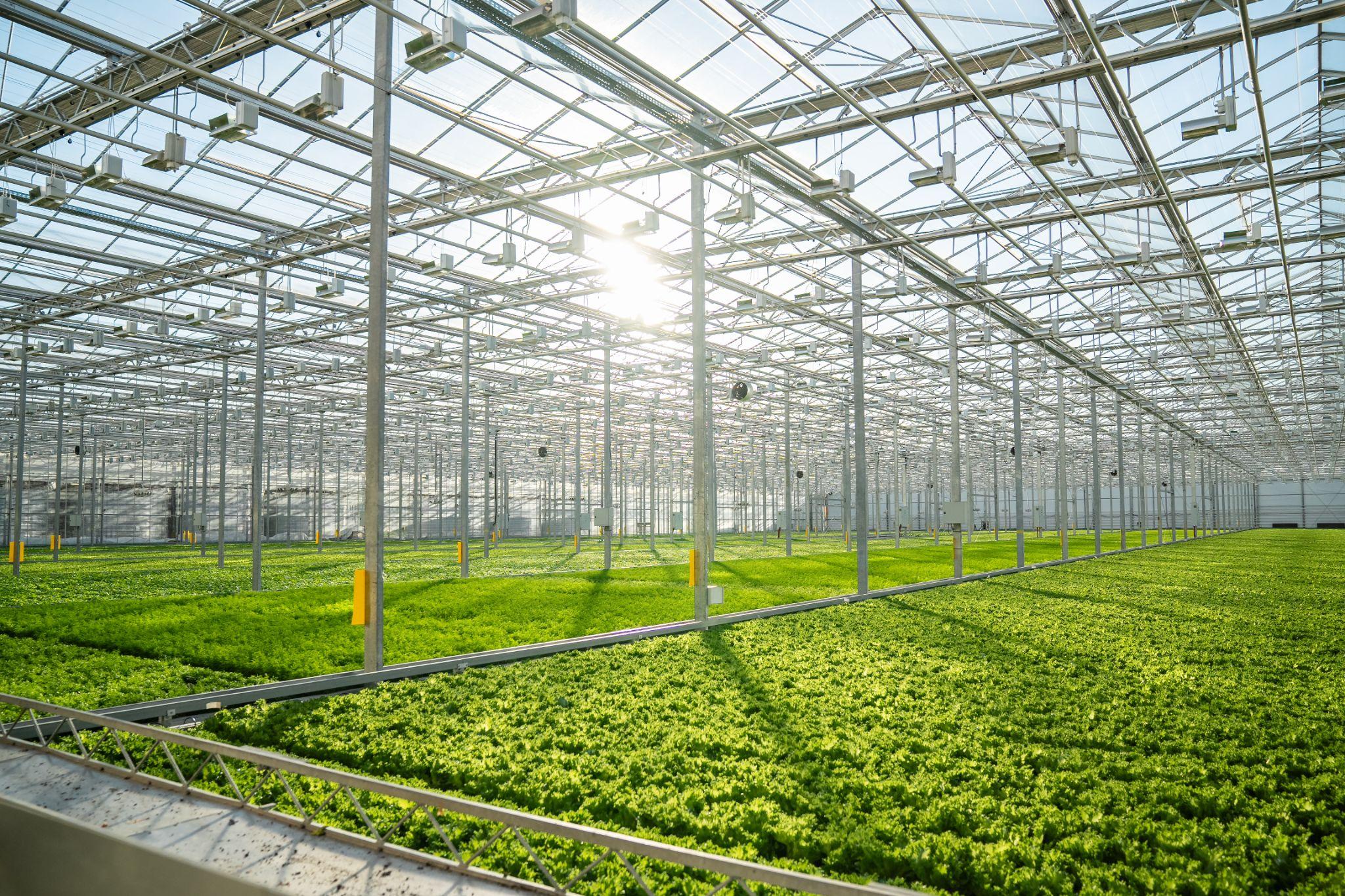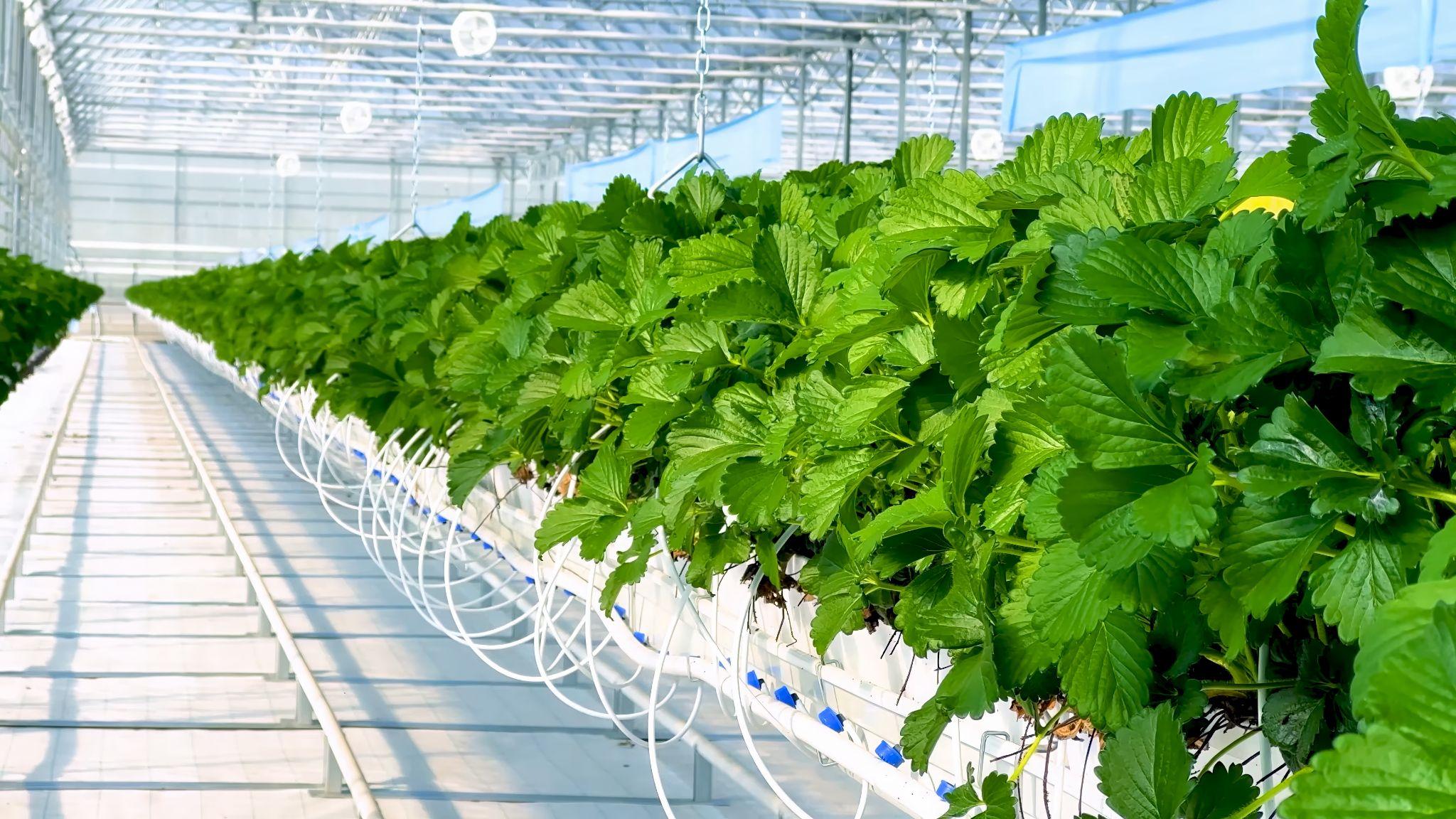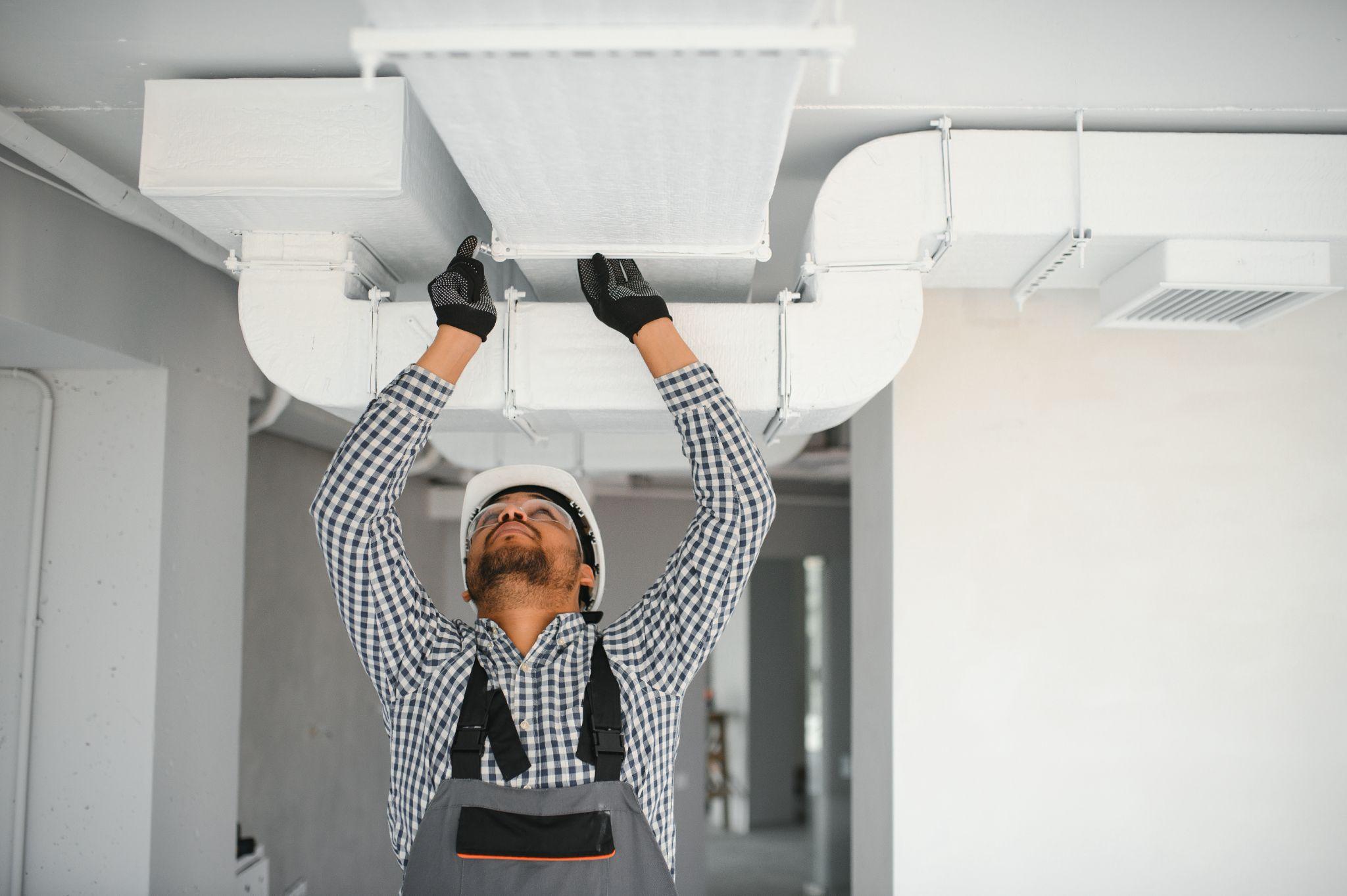Climate Control Hydroponics: HVAC for Indoor Farming

Indoor hydroponic farming and urban agriculture are changing the way we grow food in Central Texas. These systems depend on indoor farming HVAC for precise control over temperature, humidity, and air circulation. Without it, extreme heat and moisture imbalances can quickly disrupt plant health and crop cycles.
At Christianson Air Conditioning & Plumbing, we specialize in professional HVAC system installation services that support optimal plant growth in any controlled environment. Whether it’s a compact grow room or a commercial greenhouse, our team ensures your growing environment is efficient, stable, and productive.
Why Climate Control Matters in Hydroponics
In hydroponic farming, the growing environment is entirely manufactured. There is no natural buffer like soil, so growers must create and maintain every environmental variable to exact specifications. The success of each crop hinges on achieving and maintaining stable conditions, including:
- Temperature: Many hydroponic crops thrive in a temperature range between 65°F and 75°F, though optimal conditions vary by plant type. Any significant fluctuation can cause plant stress, reduce nutrient uptake, and delay harvests. A reliable farmer’s air conditioner helps maintain this balance.
- Humidity: Humidity levels affect transpiration, disease susceptibility, and nutrient absorption. HVAC systems with integrated dehumidifiers or humidifiers help maintain proper vapor pressure deficit (VPD).
- CO₂ and Air Circulation: High-performing plants require ample CO₂ for photosynthesis. Poor air circulation leads to stagnant zones, mold growth, and reduced growth rates. HVAC equipment equipped with demand-controlled ventilation ensures CO₂ and airflow remain optimal.
When properly integrated, these HVAC functions create a consistent, controlled environment essential for successful climate control hydroponics.
Indoor Agriculture HVAC System Design Considerations

Not all HVAC systems are suitable for indoor farming. Design must begin with understanding the unique needs of each grow space. Here are essential indoor agriculture HVAC system design considerations:
1. Crop Specificity
Lettuce requires different conditions than cucumbers or strawberries. Designing for precise control over temperature, humidity, and CO₂ allows growers to optimize conditions based on the crop.
2. Space Layout
Whether growing in a single-room setup or a multi-tiered racking system, airflow design and environmental control must reach every layer. Proper ducting, fans, and sensor placement are critical.
3. Moisture and Heat Loads
Lighting, irrigation, and respiration introduce substantial heat and moisture into the space. Equipment selection must account for these latent and sensible loads.
4. System Integration
Combining HVAC with dehumidifiers, radiant heating, ductless systems, or a Dedicated Outdoor Air System (DOAS) requires coordination. The result is a balanced, energy-efficient HVAC system tailored for agriculture.
Choosing the Right HVAC Systems for Grow Rooms
Selecting the right HVAC system is key to building a successful, growing environment. Smaller grow rooms often use split or mini-split systems, which offer several benefits:
- High energy efficiency and zoning capabilities
- No need for extensive ductwork
- Quiet operation and targeted climate control
For larger commercial operations or greenhouses, centralized systems provide more robust performance. These may include rooftop units, packaged systems, or air handlers. When combined with a DOAS, they manage both fresh air exchange and temperature/humidity control.
Greenhouse HVAC systems present their own challenges. With natural sunlight introducing solar gain and outside air affecting indoor conditions, HVAC must be able to respond dynamically. Radiant floor systems, evaporative cooling, and smart ventilation can be layered with traditional HVAC for precise control.
Energy Efficiency & Sustainability in HVAC Systems

Energy costs are among the highest operating expenses in indoor agriculture. An efficient HVAC strategy is essential not only for financial sustainability but also for environmental responsibility. Here are key ways to enhance energy efficiency:
- Demand-Controlled Ventilation (DCV): Reduces HVAC load by only conditioning air when needed.
- Zoned systems: Deliver heating and cooling only where and when required.
- Smart Thermostats and Controllers: Automate temperature and humidity adjustments based on real-time data.
- Heat Recovery Systems: Reuse waste heat for water heating or air pre-conditioning.
Choosing energy-efficient HVAC equipment minimizes energy consumption while maintaining the environmental conditions required for optimal plant growth. Christianson Air Conditioning & Plumbing can help growers identify high-efficiency units that qualify for rebates or incentives.
Professional Installation & HVAC System Maintenance
An HVAC system is only as good as its installation and upkeep. At Christianson Air Conditioning & Plumbing, our technicians specialize in professional HVAC system installation for growing facilities of all sizes. We provide turnkey setup, including equipment mounting, ductwork, control integration, and plumbing coordination. Once installed, regular HVAC maintenance is essential to ensure long-term performance:
- Identify issues like clogged filters or failing sensors before they affect crops
- Maintain the accuracy of temperature and humidity levels
- Restore HVAC function quickly to avoid environmental instability
Our HVAC system repairs offer peace of mind through scheduled servicing and priority repair coverage, keeping your environment stable and productive.
Ready to Optimize Your Grow Room?

At Christianson Air Conditioning & Plumbing, we believe HVAC is the foundation of a thriving indoor farm. From design through installation and support, we bring deep HVAC expertise to Central Texas growers.
We take pride in helping local farmers and agri-entrepreneurs build reliable, energy-efficient HVAC systems tailored to their unique needs. By partnering with Christianson Air Conditioning & Plumbing, you’re choosing a trusted team dedicated to helping you succeed season after season.
Contact us today to begin planning your next HVAC solution and take the first step toward growing smarter.
FAQs
1. Why is HVAC important in hydroponics?
In hydroponic systems, plants rely entirely on the environment created for them. HVAC systems control temperature, humidity, and air quality—factors critical for healthy plant growth and high yields.
2. What kind of HVAC system works best for a small grow room?
Mini-split systems are often ideal for small-scale setups. They offer precise temperature and humidity control without requiring extensive ductwork.
3. Can I use a residential HVAC system for my farm?
Residential systems are not designed for the moisture, heat, and airflow demands of indoor agriculture. Professional HVAC system installation tailored to grow environments is essential.
4. How often should I service my HVAC system?
Quarterly inspections and maintenance are recommended for indoor farms to ensure equipment is clean, sensors are calibrated, and performance remains consistent.



Sorry, comments for this entry are closed at this time.